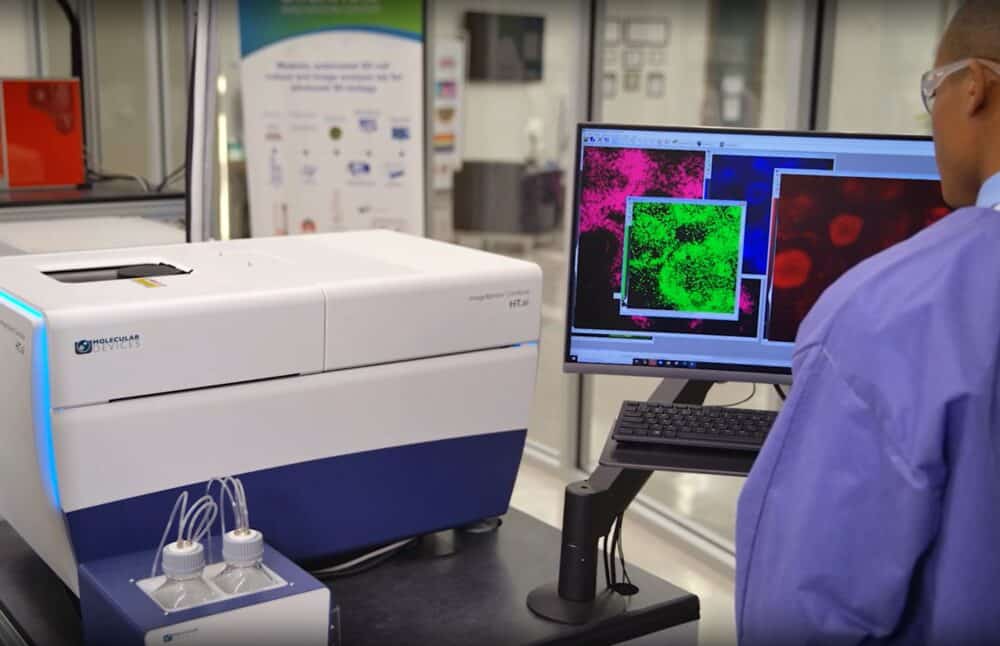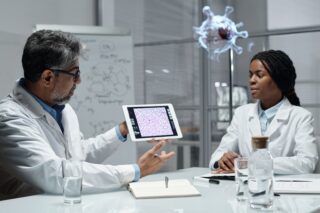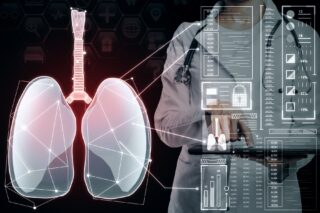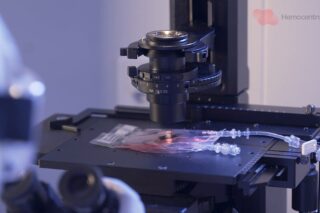The increasing use of AI-driven tools like ImageXpress HCS.ai and CellXpress.AI, combined with automated systems like BioAssemblyBot, is revolutionizing organoid research by improving model reproducibility and scaling, as discussed by Dr. Guillaume Frugier.
Organoids have emerged as a promising tool in biomedical research, offering more physiologically relevant models for studying human diseases. From 2020 to 2024, interest in organoid research has surged by 50%, particularly among major biomedical companies, as noted by Dr. Guillaume Frugier, European Applications Scientist Manager at Molecular Devices. During the Forum Labo Paris 2025 event, Dr. Frugier spoke of the evolution of interest as well as current challenges and solutions.
“The rise of organoids represents a key shift in moving away from animal models, offering a more relevant and ethical option for disease modeling and drug discovery,” Dr. Frugier stated, emphasizing a point we’ve seen spreading in the medical field as next gen organoid engineering is set to replace animals in certain drug testing.
As organoid technology advances, more research institutions and pharmaceutical companies are turning to these models to improve drug discovery and develop personalized therapies. He emphasized that the evolution of AI and automated systems has been central to this growth.
“The integration of deep learning into these platforms simplifies traditionally expert-driven tasks, making organoid research more accessible.”
Despite the excitement, challenges remain. Dr. Frugier highlighted significant barriers, particularly in the standardization of production and the complexity of characterizing these 3D models. He explained that while organoids offer an “object modeling” framework that mimics human tissues, the process of ensuring reproducibility and scalability at an industrial level is still daunting.
“Technologies such as microscopy used for these measurements are themselves very complex,” Dr. Frugier stated, emphasizing the need for more automated and AI-driven solutions to overcome these difficulties and scale organoid production efficiently.
READ the paper Organoids and AI: Unlocking the Mysteries of Cancer Immune Evasion and Immunotherapy by Molecular Devices.
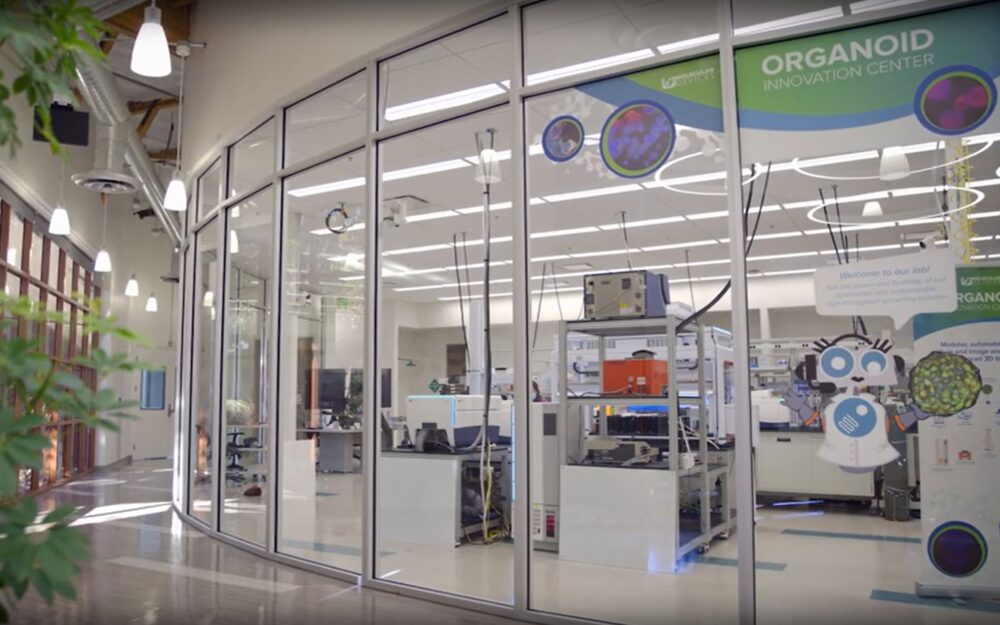
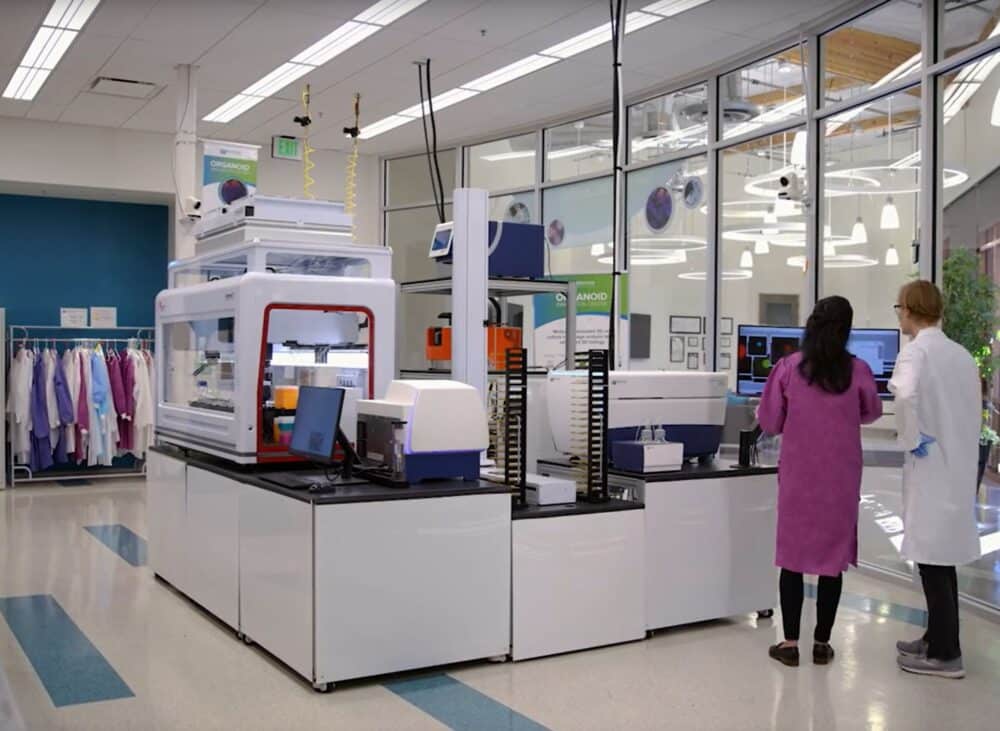
The Promise of Organoids for Disease-Specific Models
Organoids represent a revolutionary tool for disease modeling, with the potential to transform research in various medical fields. Dr. Frugier emphasized that organoids are unique because they closely replicate human tissues at a cellular level, allowing scientists to model complex diseases in a physiologically relevant environment.
“The concept of organoids aligns with the notion of creating biological models that can be used as surrogates for real human tissues,” said Dr. Frugier.
This ability is particularly promising for developing personalized treatments, as organoids can be derived from a patient’s cells. This creates models that reflect the individual’s genetic and biological background, offering more precise insights into disease mechanisms.
Dr. Frugier elaborated on how this personalized approach is essential for understanding diseases like cancer, neurodegenerative disorders, and cardiovascular conditions, where disease manifestation varies significantly between patients. However, despite these advantages, scaling the use of organoids has its hurdles.
“The production of organoids at large scale is still a challenge often resulting in a lack of high-fidelity cell types, limited maturation, atypical physiology,” Dr. Frugier noted, referring to issues of standardization and reproducibility.
These challenges stem from the inherent complexity of organoids, which require highly specialized techniques and equipment for consistent results. In particular, the lack of standardized methods for generating and maintaining organoids across laboratories has been a major obstacle in their broader adoption. However, Dr. Frugier believes that the ongoing developments in AI and automation offer a promising solution to these issues.
“By integrating AI-driven technologies, we can eliminate much of the variability seen in manual processes and improve the reliability of these models across studies.”
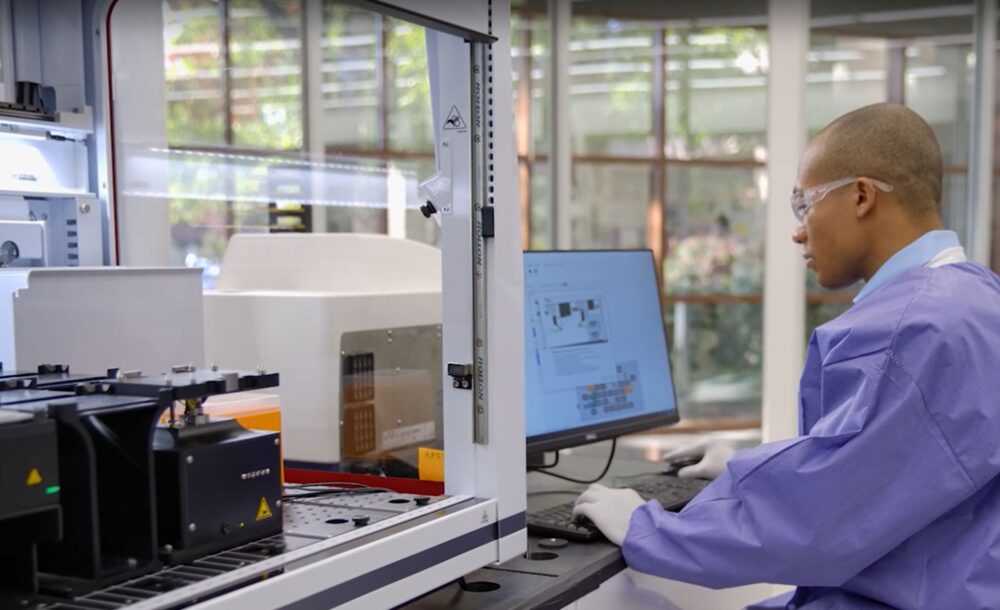
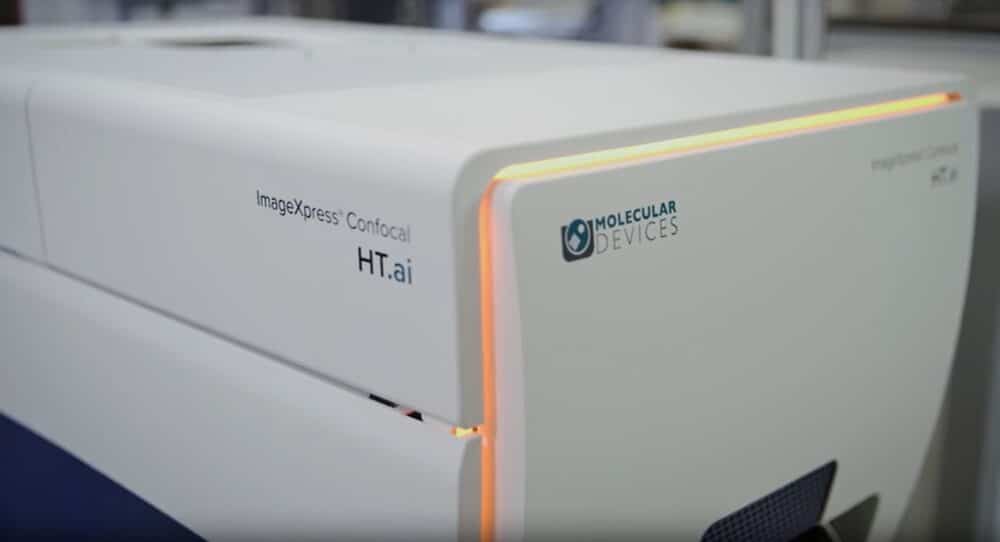
Advances in AI-Driven Solutions and Automated Microscopy
To address the challenges associated with organoid production and analysis, researchers are increasingly turning to AI-powered technologies. Dr. Frugier highlighted two cutting-edge solutions: CellXpress.AI and the SINAP deep learning algorithm, which are reshaping the way organoids are created and studied.
“We are witnessing a significant leap in our ability to automate and enhance the scalability of organoids thanks to AI-driven tools,” said Dr. Frugier.
These platforms are designed to streamline organoid production by integrating machine learning algorithms with high-content imaging systems, thereby reducing human intervention and error.
The SINAP deep learning model, in particular, enables researchers to analyze large datasets generated from 3D organoid cultures rapidly and with remarkable precision. This AI model helps to identify subtle cellular changes that might otherwise be missed in manual analysis, a critical advantage when studying diseases with complex pathologies.
Dr. Frugier also discussed the HCS.ai automated microscope, which plays a pivotal role in imaging and analyzing organoids. This tool is designed to work seamlessly with AI systems, enhancing the ability to segment and classify cellular data from 3D models.
“The automation of microscopy and its coupling with AI not only accelerates data acquisition but also enables researchers to make more informed decisions based on large, unbiased datasets.”
He cited the company heartbeat.bio and Gri3D by Sun Bioscience as prime examples of how these AI-powered systems are being used to revolutionize organoid research.
AI-Driven Automation: Streamlining Organoid Research
In his discussion, Dr. Frugier detailed the significant role automation is playing in the evolution of organoid research. One of the most impactful tools mentioned is ImageXpress HCS.ai, an AI-driven platform that allows for high-content screening of 3D organoids.
“The complexity of organoid culture protocols has been a bottleneck in the field, but ImageXpress HCS.ai is changing that,” he remarked.
This system enables the integration of AI-powered segmentation and classification, automating processes that previously required significant manual intervention. The result is a more streamlined and efficient method for producing and analyzing organoids at scale.
He also highlighted the potential of the BioAssemblyBot, an automated bioprinter that plays a crucial role in constructing organoids from biological materials. By utilizing AI to guide the assembly of cellular structures, BioAssemblyBot can generate highly reproducible organoids with minimal human oversight.
“The BioAssemblyBot takes the concept of organoid creation to a new level, allowing for the precise layering of cells and the construction of organoids that closely mimic their in vivo counterparts.”
These automated tools are critical in reducing the time and effort required to produce organoids, making it feasible to scale up their production for drug discovery and personalized medicine.
AI-driven systems are also addressing the challenges of data analysis. The vast amount of data generated from high-content screening of organoids can be overwhelming, but platforms like CellXpress.AI and HCS.ai help researchers manage this data more effectively. By employing machine learning algorithms to analyze the images and data generated from organoid cultures, these systems can identify patterns and insights that would be impossible to detect manually.
“AI and automation are democratizing organoid research by removing the complexity and allowing researchers to focus on the science rather than the technical hurdles,” he concluded.
Insights into Functionality and Future Applications
The ImageXpress HCS.ai platform allows researchers to analyze organoids in real time using AI-powered imaging. It enables users to observe and quantify cellular events as they happen, providing a dynamic view of organoid development and disease progression. Its AI-driven segmentation and classification offer highly accurate analysis of complex 3D structures, making it a vital tool for drug discovery and toxicology studies.
The BioAssemblyBot assists in constructing organoids. This bioprinter automates the precise layering of cells to create organoids that closely mimic human tissues.
“The BioAssemblyBot allows us to construct organoids that are highly reproducible and scalable, which is essential for their use in high-throughput drug screening,” he explained. These advances are reducing the time and cost of organoid production while enhancing the quality and reliability of the models.
Dr. Frugier emphasized that innovations like CellXpress.AI, SINAF deep learning, and HCS.ai are revolutionizing drug discovery and personalized medicine, bringing organoids closer to clinical applications.
WATCH the Organoid Innovation Center video by Molecular Devices.
